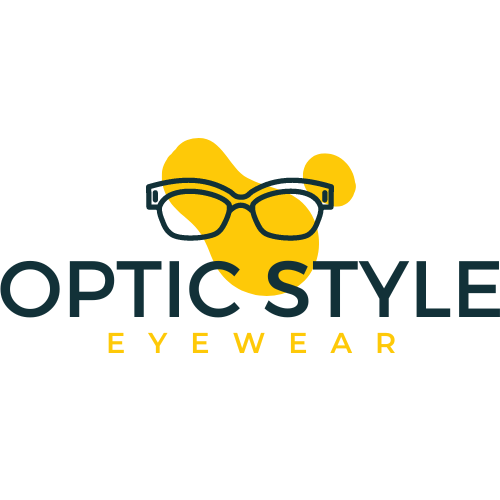Correcting Vision: From Glasses to Surgery
For centuries, people with vision problems have relied on glasses to see clearly. However, in recent years, advancements in medical technology have presented an alternative solution: vision correction surgery. This groundbreaking procedure has changed the lives of millions, providing them with an opportunity to bid farewell to their glasses.
Glasses have long been the most popular method of correcting vision. They are easily accessible, affordable, and can help individuals achieve clearer vision. However, glasses have their drawbacks. They can be uncomfortable to wear for long periods, causing headaches and discomfort. Additionally, they can be easily misplaced or broken, leading to inconvenience and costly replacements.
As technology and medical advancements progressed, so did the methods of vision correction. Contact lenses became the next popular choice for individuals seeking an alternative to glasses. Although contact lenses offer a more natural appearance and a wider field of vision, they come with their own set of challenges. Regular cleaning and maintenance are necessary to prevent the buildup of bacteria, risking eye infections. Moreover, allergic reactions or dry eyes can make wearing contact lenses uncomfortable or even impossible for some people.
In recent years, vision correction surgery has presented itself as a viable alternative to glasses and contacts. This surgical procedure uses lasers to reshape the cornea and correct refractive errors, ultimately eliminating the need for glasses or contacts. There are several types of vision correction surgeries available, including LASIK (Laser-Assisted In Situ Keratomileusis) and PRK (Photorefractive Keratectomy).
LASIK is the most common and widely recognized vision correction surgery. The procedure involves creating a thin flap in the cornea, using a microkeratome or femtosecond laser, and reshaping the underlying tissue with an excimer laser. Once the reshaping is completed, the corneal flap is repositioned, and the healing process begins. LASIK offers a quick recovery time, with most patients experiencing improved vision within a day or two.
On the other hand, PRK is a slightly different procedure. Instead of creating a corneal flap, the outer layer of the cornea, called the epithelium, is removed entirely. The reshaping of the cornea then takes place using an excimer laser, similar to LASIK. After the surgery, a protective contact lens is typically worn for a few days to aid in the epithelial healing process. PRK is often recommended for individuals with thin corneas or certain corneal irregularities that make LASIK unsuitable.
While vision correction surgery has gained popularity due to its effectiveness, it is important to note that it may not be suitable for everyone. Candidates for surgery must meet certain criteria, such as stable vision prescription, healthy eyes, and a certain age limit. A thorough examination and consultation with an ophthalmologist are necessary before proceeding with any surgery.
Despite its success rate and benefits, vision correction surgery does come with some potential risks and complications. Dry eyes, glare, halos, and the possibility of needing further enhancements are among the most common side effects reported by some patients. However, the majority of patients are highly satisfied with the results of their surgery and experience significant improvement in their vision, often achieving 20/20 or better.
In conclusion, the evolution of vision correction methods has made it possible for individuals to liberate themselves from the reliance on glasses. While glasses and contact lenses have been the traditional means of improving eyesight, vision correction surgery presents a more permanent and convenient solution for many. By undergoing LASIK or PRK surgery, individuals can say goodbye to glasses and contacts, with the promise of clearer vision and enhanced quality of life. It is advised to consult with an eye care professional to determine the most suitable method for vision correction, as each person’s circumstances and eyesight requirements may vary.
